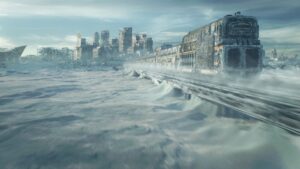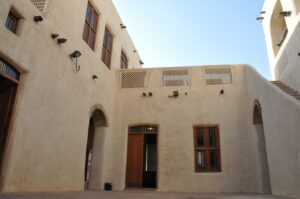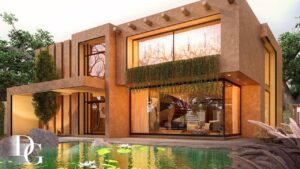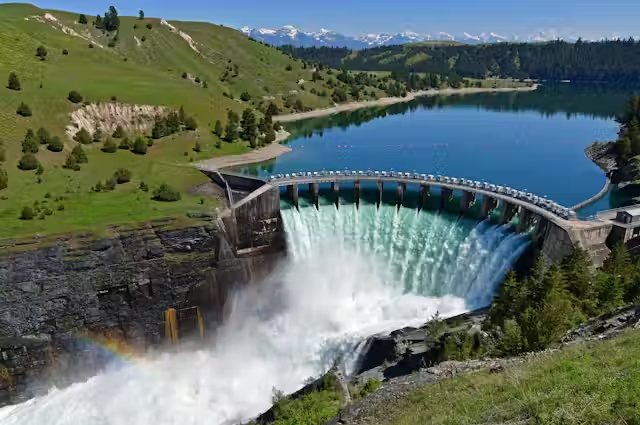IMAGINING FUTURES
Is there still hope?
Whilst every idea of the future may defer from one person to another, we witnessed a surge of post apocalyptic and dystopian future depiction in the media. “Eco-disaster media” by London Film Academy (2021) mostly plays on the theme of humans having to survive after an environmental disaster by reverting back to primitive methods of surviving or sometimes, the technological creations outliving humans.

London Film Academy (2021)  London Film Academy (2021)
London Film Academy (2021) London Film Academy (2021)
London Film Academy (2021)
Whilst this isn’t an accurate depiction, yet the stepping stone it provides is something to consider, instead of waiting for a life changing event, the change can start now, by creating solutions and technology that would serve future generations, perhaps returning to primitive methods of survival is quite an extreme ideology. Nonetheless, it is not valid for us to disregard the benefits of circular and sustainable practices conducted in the primitive era. According to Artland magazine, the term sustainable architecture is a moderately new term to describe designing and building in methods that limit damaging impact on the environment (Campbell, 2020), yet there are cultures and civilisations that have been building and designing sustainably throughout history. Prior to the Iraqi invasion of Kuwait in 1990, most houses were built with mud.

(Campbell, 2020)
Mud being one of the most sustainable materials, the mud bricks being baked in the hot sun instead of a kiln, creating a low energy sustainable method utilising the hot, dry climate in the Middle East. Within recent years, the architect Revathi Kamath introduced the material as a luxurious alternative (Campbell, 2020), which has been widely favoured in recent years in sustainable modern architecture.

(Marsh, 2023)
Meanwhile Copenhagen and Amsterdam are upscaling the initiative to a higher degree, by utilising earth as a vessel and using whole structures from discarded materials to build new homes, such as shipping containers (Campbell, 2020).

Environment (2012).
Whilst these initiatives are truly eye opening to the extent of what can be achieved in the future in terms of sustainability and ecological design, more in-depth solutions such as utilising water as an energy source are imperative, the use of hydropower, a renewable source of energy that uses the natural flow of moving water to generate electricity.

(Tarroja, 2022)
Whilst this sounds like a very modern and current initiative, it has been one of the most ancient methods that go back to early humans generating power (Engergy.gov, 2019). The ordinary perspective of the future can be imagined as sombre and obscure. However, all it takes to shift the perspective of the future into a tangible and perhaps hopeful view, is the recognition of interconnectedness of the future and the past, by acknowledging the fact that all the answers needed for a sustainable future, already exist.
REFRENCE LIST
Our Blog | 7 Eco Disaster movies | London Film Academy (2021) Londonfilmacademy.com. Available at: https://londonfilmacademy.com/blog/7-eco-disaster-movies-to-watch-this-halloween-sustainablesundays (Accessed: 25 November 2024).
Campbell, T. (2020) Sustainable Architecture: Between Ancient Materials and New Practices, Artland Magazine. Available at: https://magazine.artland.com/sustainable-architecture-between-ancient-materials-and-new-practices/.
Marsh, J. (2023) Modern Mud Houses: A Sustainable Building Practice, Environment Co. Available at: https://environment.co/modern-mud-houses-a-sustainable-building-practice/.
Pictures: Amsterdam’s Lean, Green Shipping Container Homes (2012) Environment. Available at: https://www.nationalgeographic.com/environment/article/pictures-amsterdam-shipping-container-homes.
Tarroja, B. (2022) What is hydroelectric energy and how does it work?, The Conversation. Available at: https://theconversation.com/what-is-hydroelectric-energy-and-how-does-it-work-190886.
Water Power Technologies Office (2019) History of Hydropower, Energy.gov. Available at: https://www.energy.gov/eere/water/history-hydropower.



